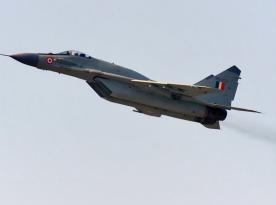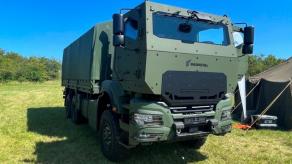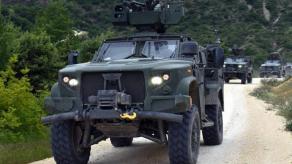Two men were detained today, on May 6, by the Security Service of Ukraine (SSU). According to the Ukrainian counterintelligence agency, the detainees are suspected of espionage for the russians. Being in the Kherson region in southern Ukraine, close to the frontline, the two suspects were allegedly informing the russian military of the positions of the Armed Forces of Ukraine.
"The intelligence was used by the occupiers to adjust following rocket artillery strikes against Bilozerka, Kizomys and Veletenske settlements, including [the strikes] using guided bombs," the agency's press center reports.
Read more: The Ukrainian Air Force Described the Capabilities of the russian Analogue of JDAM-ER Called UMPK

This is the first known such case since russians started using their air bombs enhanced with UMPK guidance kits. In fact, it sheds light on how the russian forces could use their guided glide bombs. Earlier we only knew how many UMPKs russians use a day and how many carriers for these bombs they have.
Though we should keep in mind that russian-recruited agents can only supplement the information obtained through reconnaissance UAVs to double-check the result of the strike.
However, based on earlier information that russians mostly use their guided bombs during nighttime, UAV scouting might be not effective for adjustments in the real-time mode. The reason is twofold: for once, the flight of the UAV is unlikely to be synchronized with tactical attack aircraft; for seconds, russians repeatedly showed they have issues with the vertical info exchange with command staff which takes much time to process.

At the same time, russians could be not interested much in adjustment of their bomb shelling because they might consider their UMPK an "invulnerable" weapon.

There is no data in regard to the weight and dimensions of the UMPK, but given the standard specifications of the source material, the FAB-500M62 with its weight of 500 kg and length of 2.47 meters, we can expect the guided variant to have more or less the same size as the Shahed-136 loitering munition.
Nonetheless, such a bomb would weigh significantly more than this 240-kg kamikaze drone often used against Ukrainian critical infrastructure, and the flight speed of the bomb would be higher as well. There is unconfirmed information that such a guided bomb flies at a subsonic speed.
These parameters create a situation where shooting down an UMPK bomb is practically impossible, whilst a much more promising way to counter them is to target the carriers. Fighting russian attack aircraft, in turn, requires not only long-range stationary air defense systems like Patriot but also Western fighter jets with proper capabilities.

Read more: russians Started to Actively Use Guided Air Bombs in Ukraine: Which Kinds Exist, What is the Threat and How to Counter














